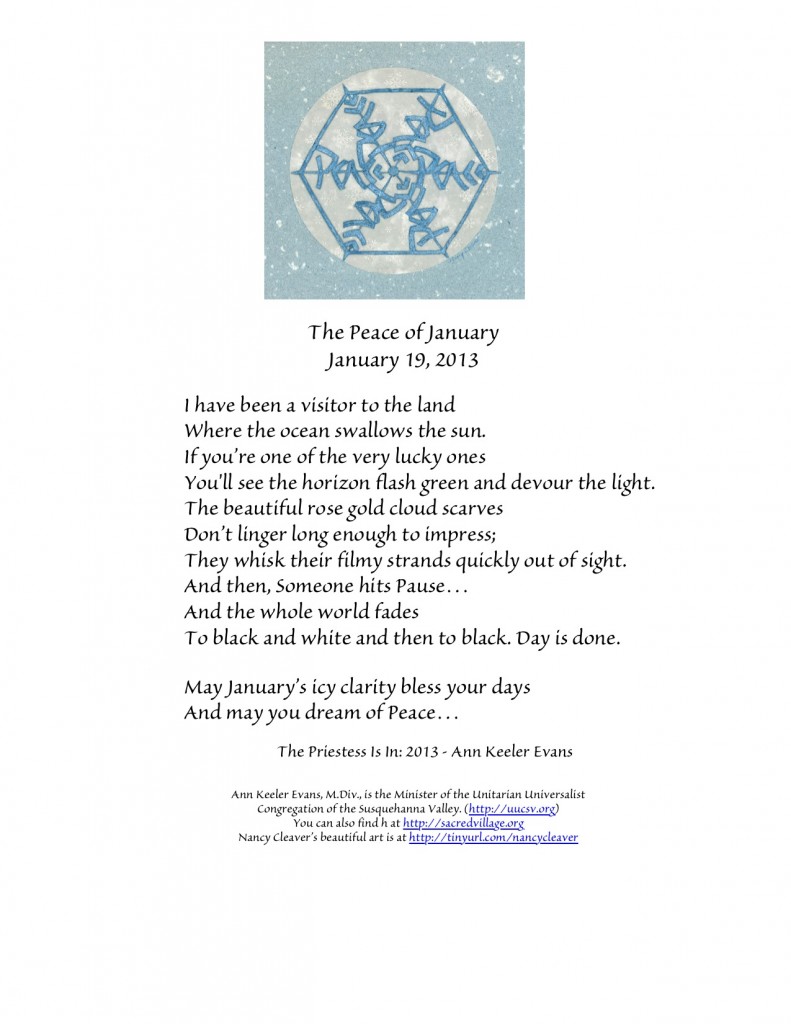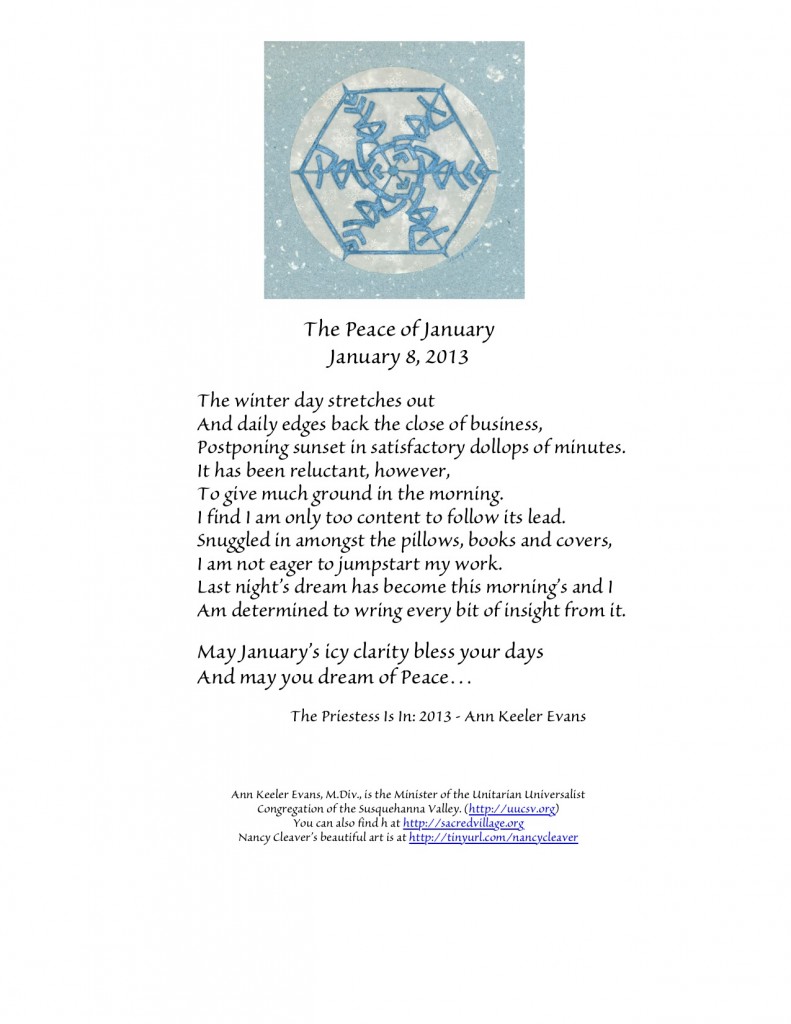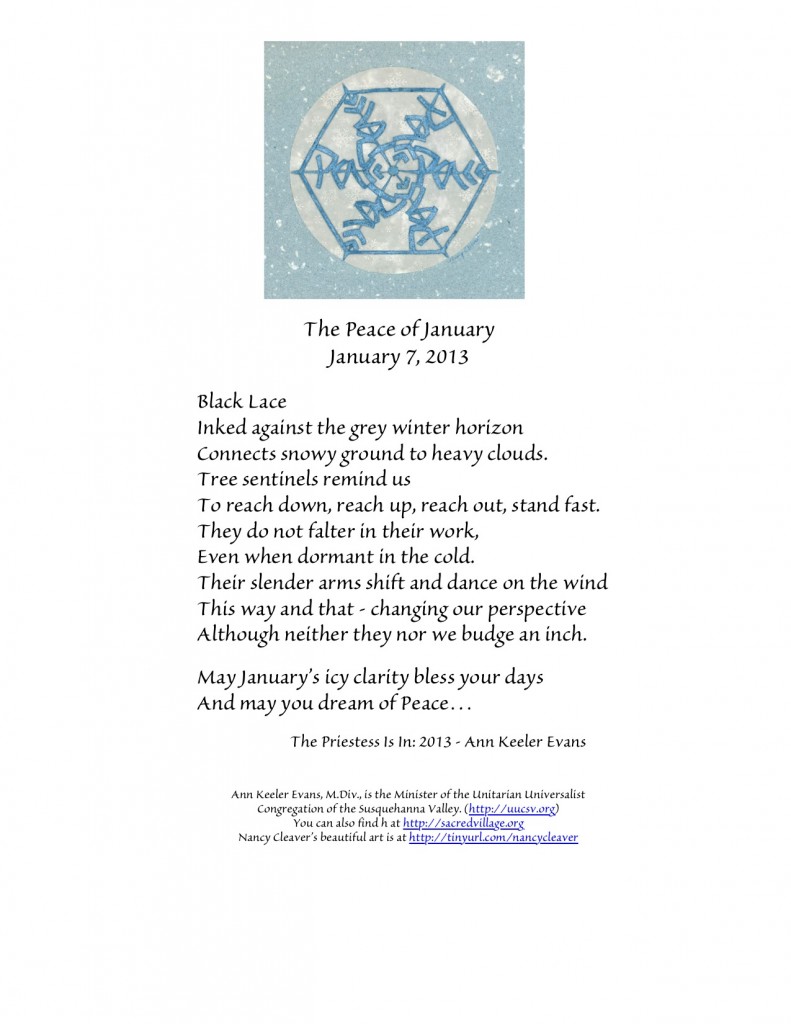It’s sort of a ridiculous assignment, to try and describe a sunset in ten lines. But ten lines are the rule. I made the rule. It’s an interesting task to try and tell a story in ten lines. Sometimes it works better than others. When I finished this poem, I thought wait! I didn’t mention that sometimes the air will seam to turn roseate before it fades to black and white. And there was certainly no time to mention that sometimes the dolphins dance in the waves or that the pelicans sail majestically by in freight train formation…
So what does a poem mean to a dream? I guess that both are always unfinished… or maybe just incomplete. Maybe it’s the good reminder that we are called to say what we see and that what we see isn’t in conflict. When we add one vision to another, we get a more complete, but never perfect vision. I see things differently than you so the overlap will never be precise.
As we begin to develop our dreams, there will be times when we realize there were pieces we didn’t include. Then we’ll have to decide, do we simply need to be aware of that? Do we need to find someone who is working on an allied dream? Or do we have enough to deal with in the dream we’ve created, imperfectly perfect as it is?
So, I guess I’ll just keep asking myself… What kind of peacemaker am I? How will that change this year? And how will I embrace the places where I miss the mark or simply don’t have the capabilities? And equally important, will I keep being open to the startling beauty of a sunset that is not like “mine” and allow it to stretch and modify my notion of beauty… and Peace.





